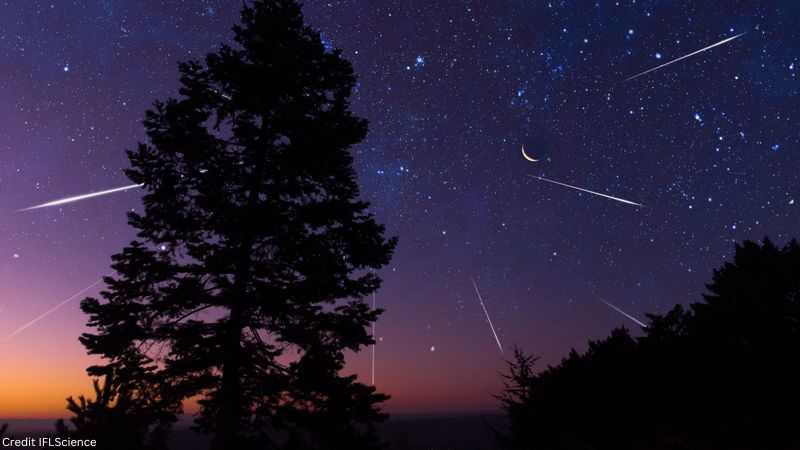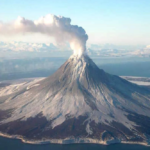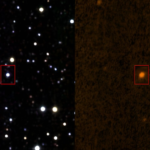The Lyrid meteor shower is set to provide sky watchers plenty of reasons to turn their attention back towards space, only one week after that breathtaking total solar eclipse.
Consistently peaking in late April for millennia, the Lyrids meteor shower is among the oldest recorded meteor showers in history. Moreover, even if that peak won’t happen until Saturday, you can still watch the meteors as they soar starting on Monday.
What’s the best part of Lyrids
Although only visible in North America on April 8, the Lyrids should be seen almost anywhere in the world.
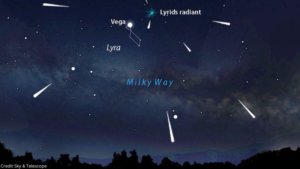
What you should know about the Lyrid meteor shower is provided here.
From this world:This couple’s business launches nearly anything into space, including Samsung phones and Stanley cups.
From where do the meteors that are Lyrid originate?
As Earth travels through comet and other space object debris tracks, meteor showers happen.
The next fireballs, commonly referred to as “shooting stars,” are meteors. According to NASA, meteorites are those asteroids that make it to Earth and don’t burn up in the atmosphere.
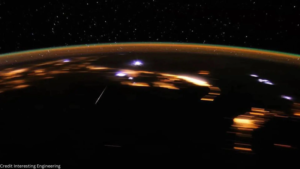
The Lyrid meteor shower, named after the nearby constellation Lyra, is made up of fragments of comet C/1861 G1 Thatcher’s wreckage. The comet bears the name Thatcher in honour of A. E. Thatcher, who made the discovery in 1861.
But according to NASA, the meteor shower itself has been monitored for 2,700 years, ever since the Chinese made the first known sighting of it in 687 BC.
On the moon, the Artemis crew will require a vehicle. Three companies were hired by NASA to design it.During the complete solar eclipse, NASA is releasing three sounding rockets into space.
During the complete solar eclipse, NASA is planning to fire three sounding rockets into orbit. This is the reason.On April 8, one month from now, there will be a total solar eclipse. What you should know about it is as follows:It has been spinning backwards for weeks above the Arctic due to the polar vortex. And this is the reason.Research indicates that a startling amount of stars consume their own planets. It occurs as follows.
The Lyrid meteor shower: how can we view it?
There are four main meteor showers with a strong peak each year, and one of them is known as the Lyrids. EarthSky.org indicates that this year’s peak occurs between April 21 and 22.
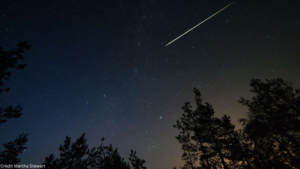
On the other hand, starting on Monday, the meteor shower might be seen whenever.
Read More Articles
In GTA 6 Rockstar’s Opportunity to ‘Steal’ a Stardew Valley Feature Could Be
Crusader Kings 3: Top Legend Seeds, a legitimacy system, and plagues are added.
On your smartphone, Protect Your Privacy by Limiting Calls and Hiding Your IP Address
NASA states that the ideal times to see the shower in the Northern Hemisphere are just after moonset and before sunrise.
The American space agency offers the following advice:
• Select a location that is far from street or city lights.
• Face east with your feet flat on your back, gaze upwards.
Have patience. After about half an hour in the dark, your eyes should adjust and you should start to see meteors.
What is the expected number of Lyrids each hour?
The swift and brilliant Lyrid meteor shower is the first of the spring, giving the impression of meteors speeding across the night sky.
Although NASA reports that viewers may be surprised to witness up to 100 Lyrid meteors in a single hour, at peak viewing, observers typically see 10–20 Lyrid meteors every hour.
As they race through the Earth’s atmosphere, lyrids rarely leave behind long, dazzling dust trains. They are able to occasionally produce fireballs, which are bright flashes of light.
